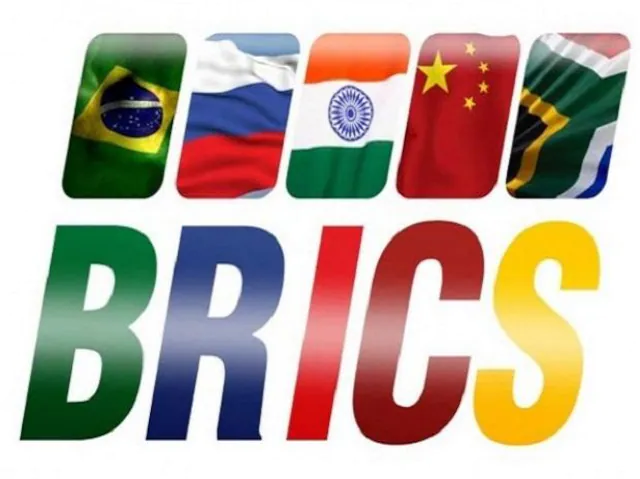Pihani, a cluster of villages near Lucknow, illustrates why the state has not developed

Pihani, Uttar Pradesh: For 16 years, Kailash Rai (not his real name), 49, has been commuting six hours every working day between his home in the state capital Lucknow and the government degree college where he teaches in Pihani, 135 km to the northwest.
A political-science lecturer, Rai cannot move with his family to Pihani, a cluster of over 100 villages (called a kasba) in Hardoi district, with less than 40,000 families as per Census 2011. When he started working there in 2000, it lacked the basic public facilities–regular power supply, good roads, public transport and good medical services.
Pihani remains an economic backwater. In the ongoing assembly elections, UP’s incumbent and contesting politicians are still promising the basic facilities they did 16 years ago: Electricity, buses and jobs, along with laptops and free data for poor youth.
UP ELECTION 2017 | story parallels that of Pihani. The kasba’s population of 206,743 is serviced by four colleges–a government degree college, a state-run industrial training institute (ITI) and two private degree colleges–more than the Indian average of 27 colleges per 100,000 youth in the 18-23 age group, according to the All India Survey on Higher Education (AISHE) 2014-15. But it has been unable to produce talent to run local educational institutions, banks and medical centres.
has the highest number of colleges in any Indian state (6,026), according to AISHE 2014-15, but it has been unable to produce qualified workforce to drive development, as India Spend reported on February 11, 2017.
UP is India’s most populous and youngest state–its median age is 23–and the flaws in its development model typified by Pihani explain why its towns and village clusters (blocks with a population of less than 250,000 in 2011) cannot cope with the aspirations of its people, especially with regard to education and employment.
Pihani’s dropout rate of 36% at elementary school level exceeds UP’s overall rate of 21%. Like other village clusters in the state, connections to bigger cities are limited because there are few railway links, hardly any feeder roads to highways or efficient public transport services. Less than half the houses in the villages have electricity.


No comments:
Post a Comment